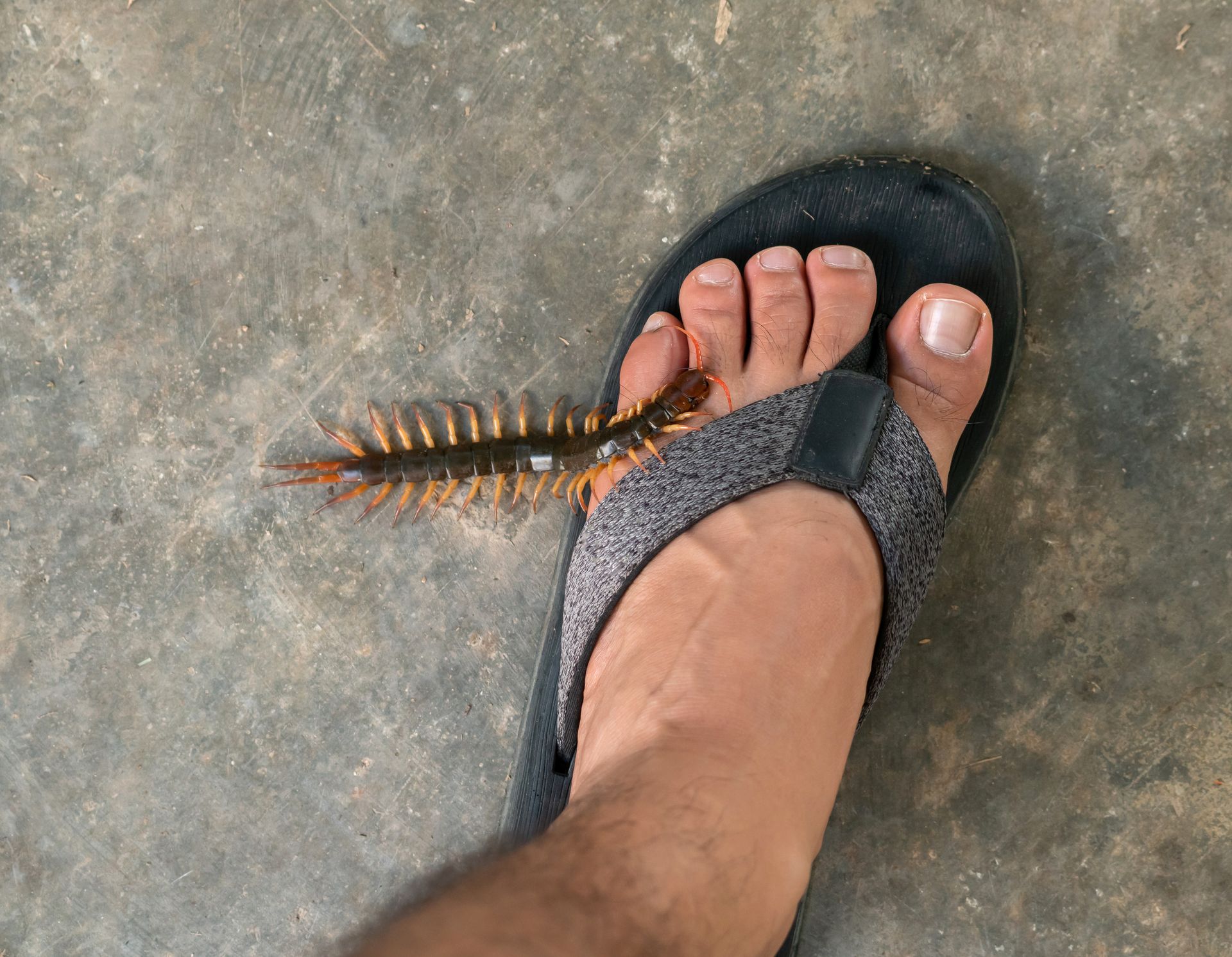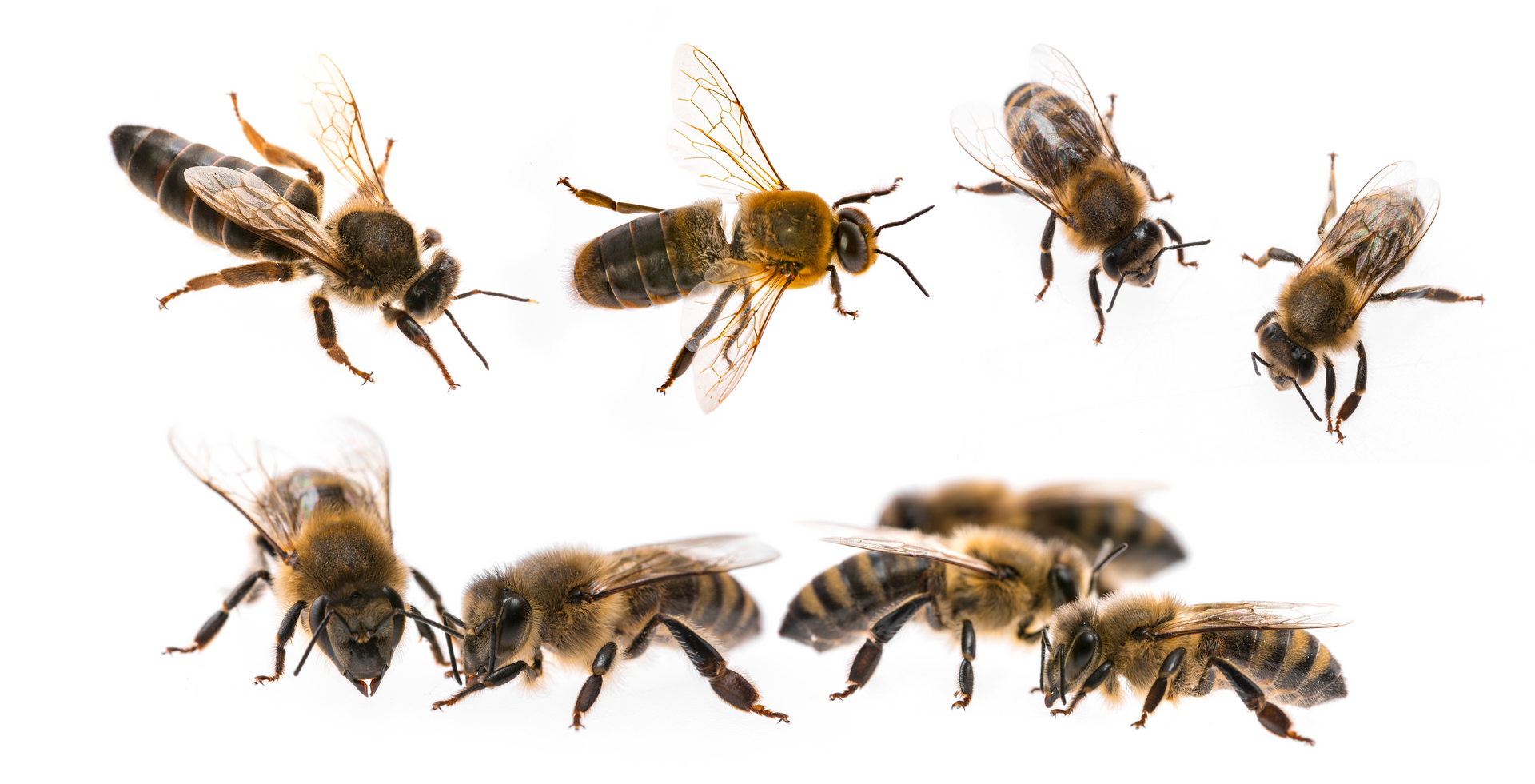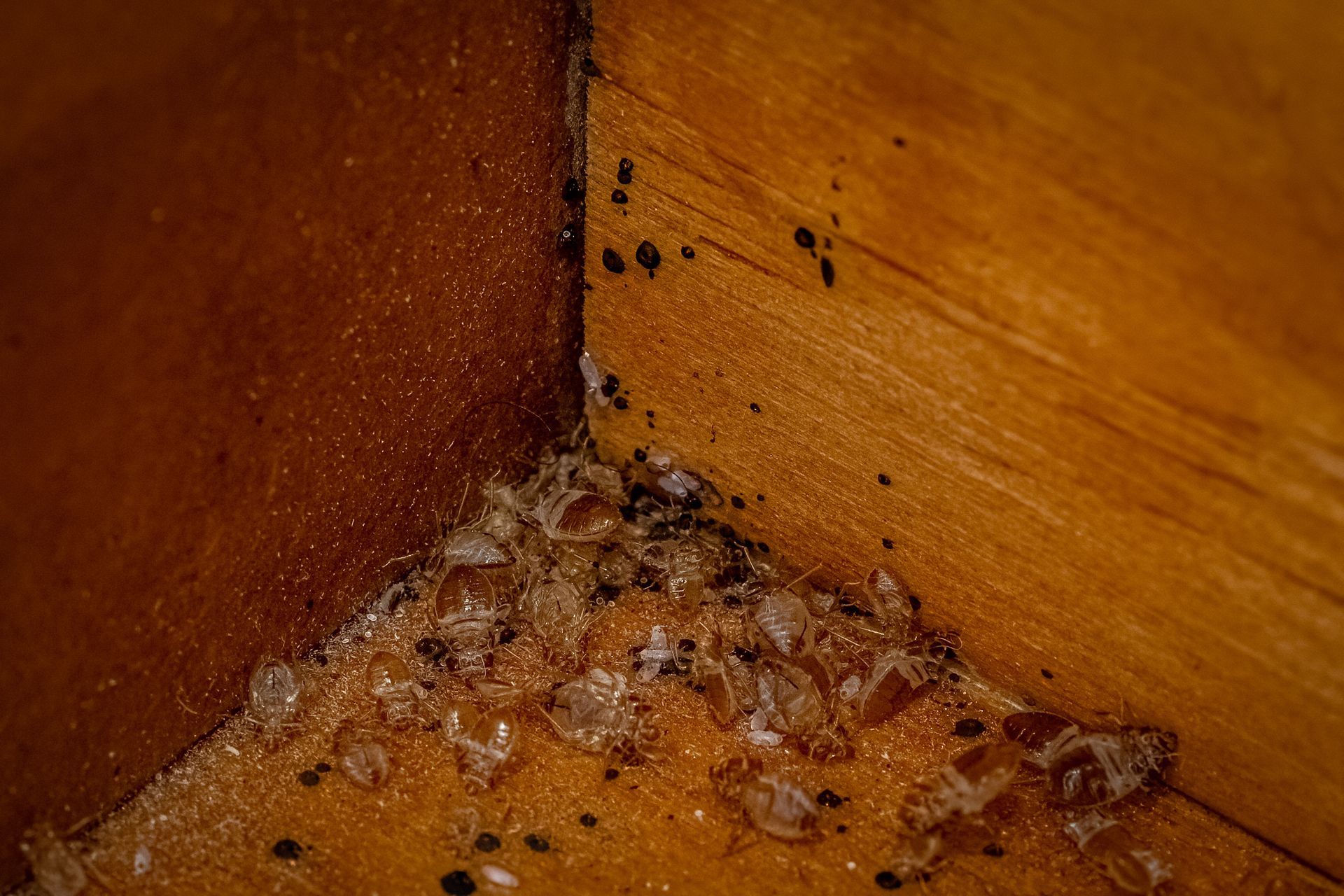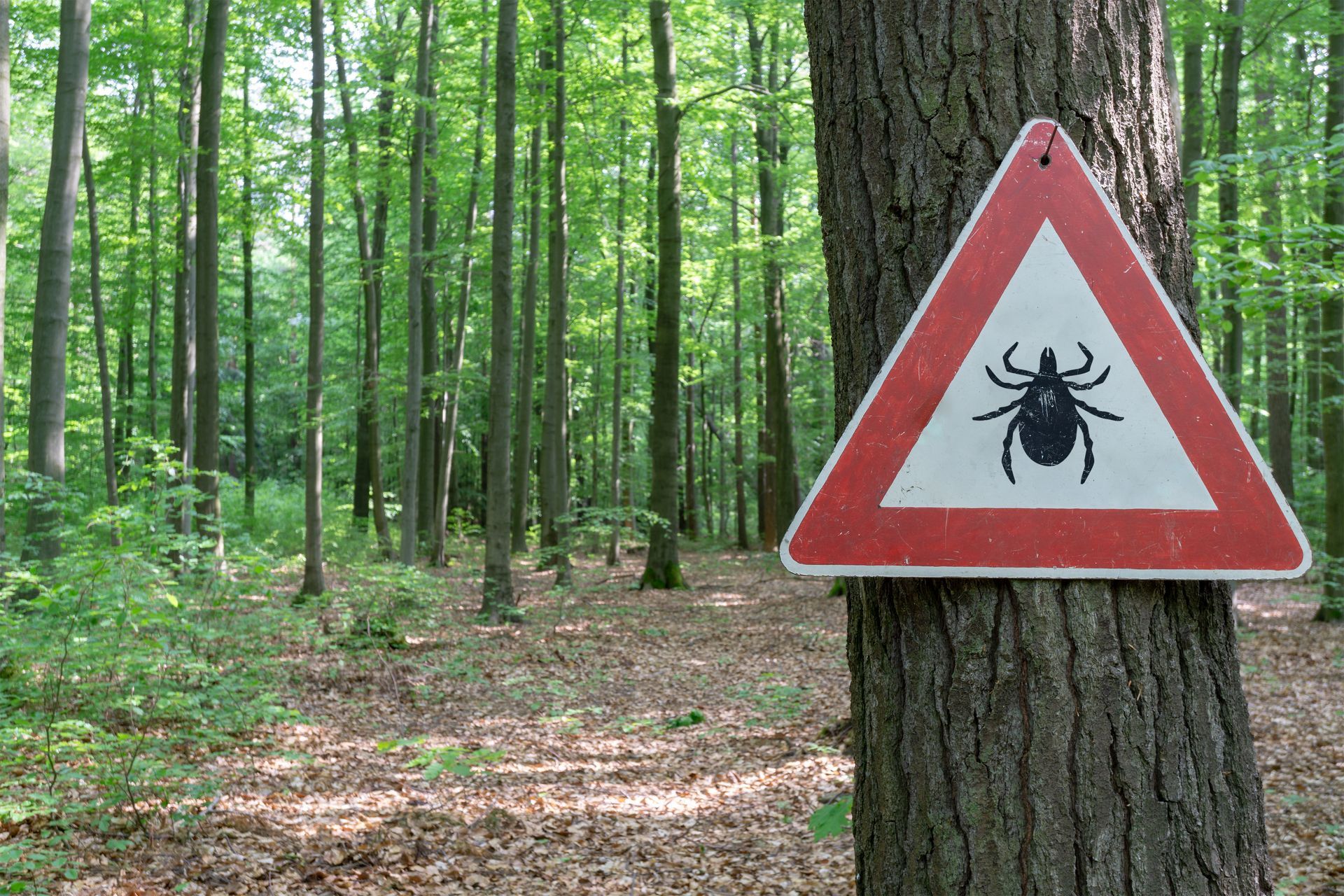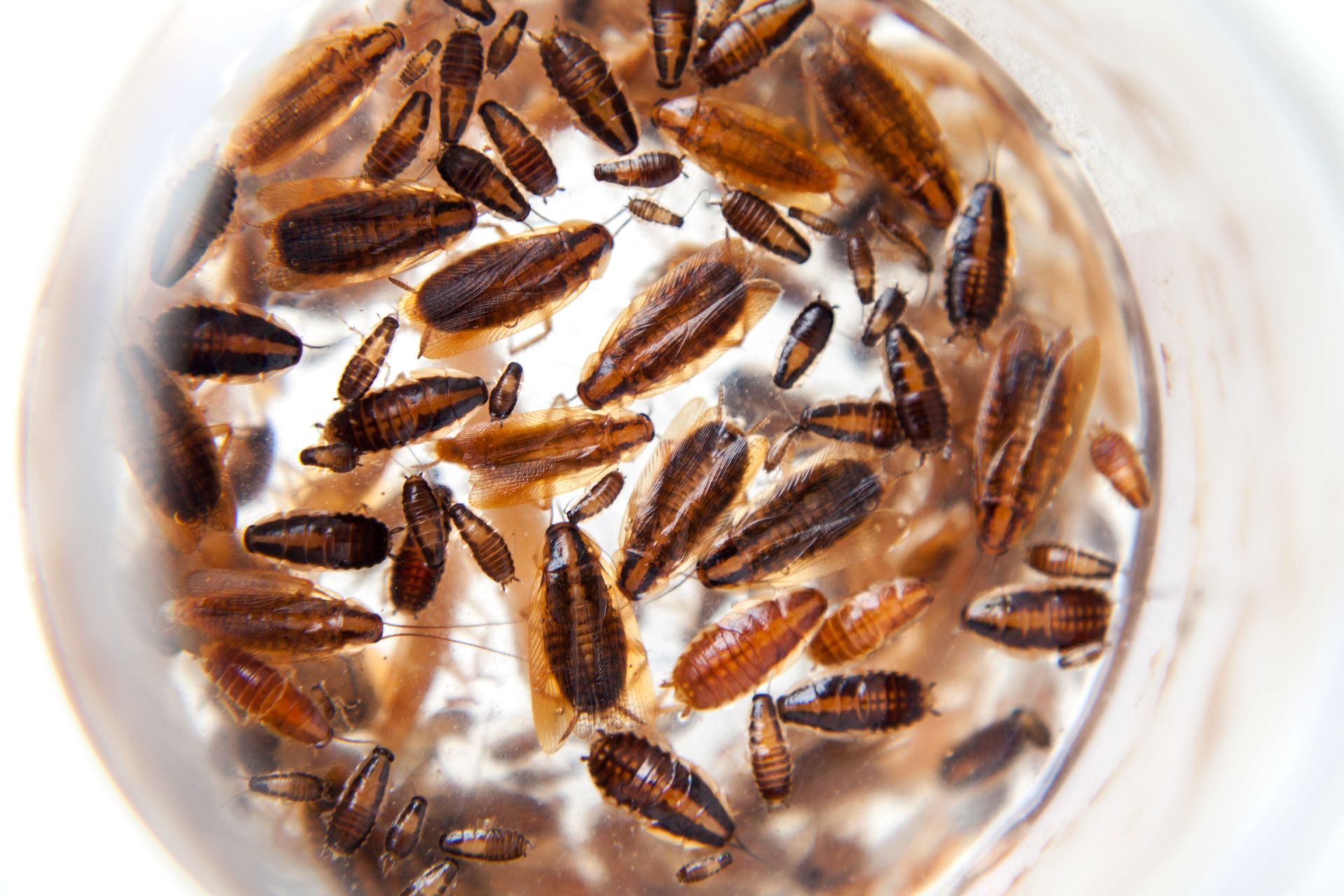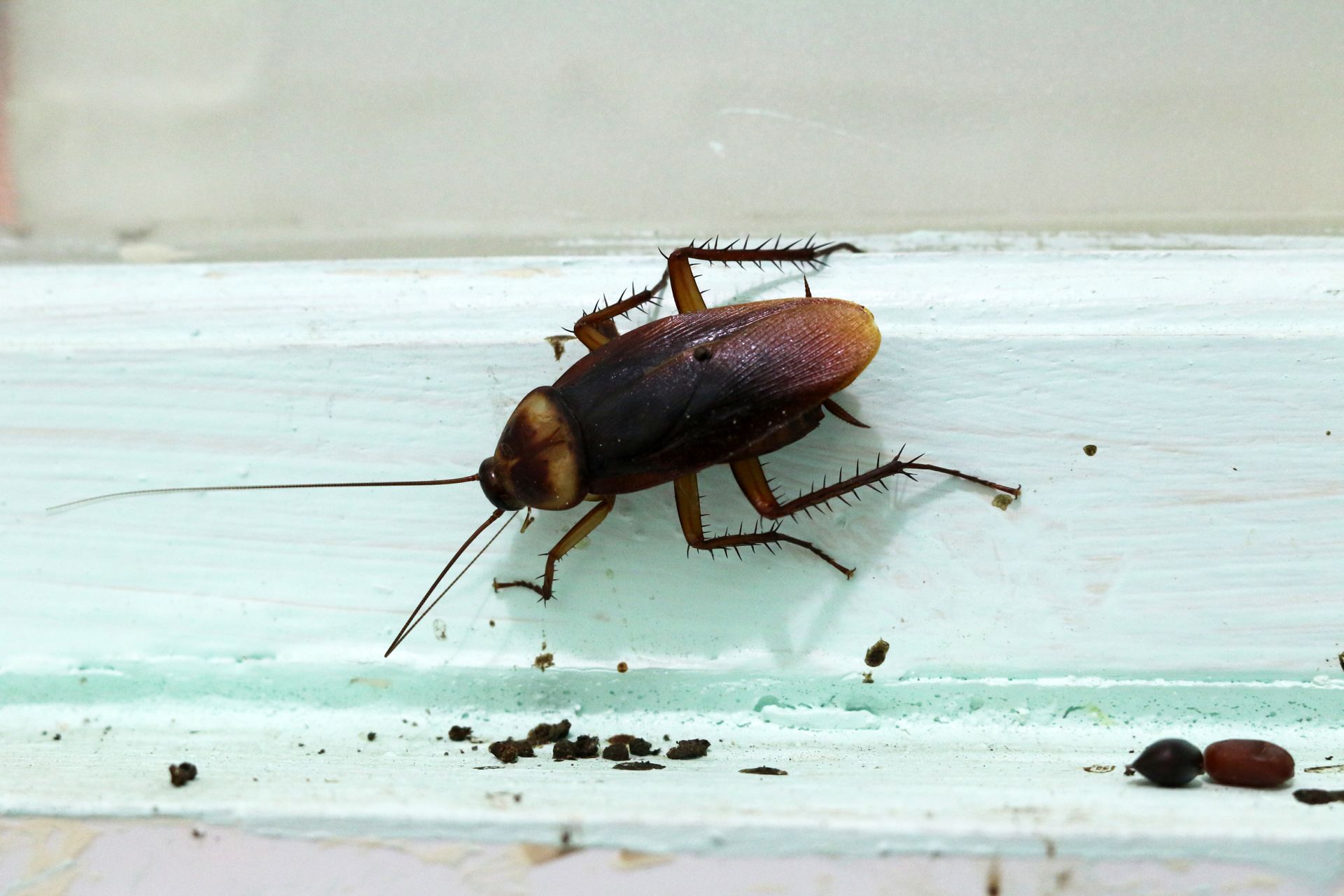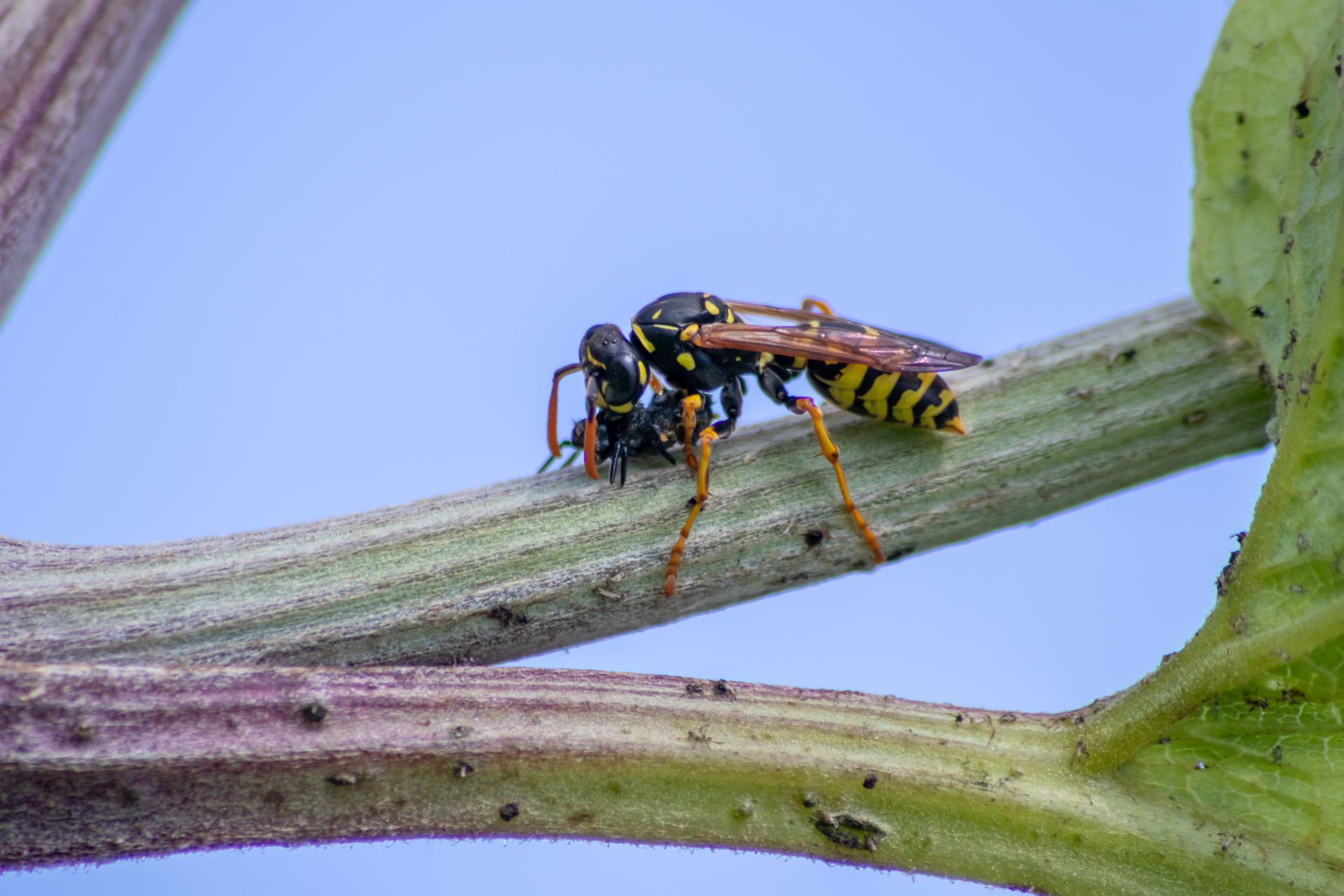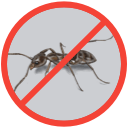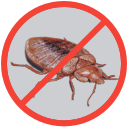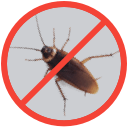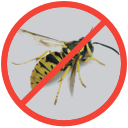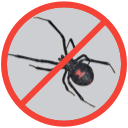Do Ultrasonic Pest Repellents Work?
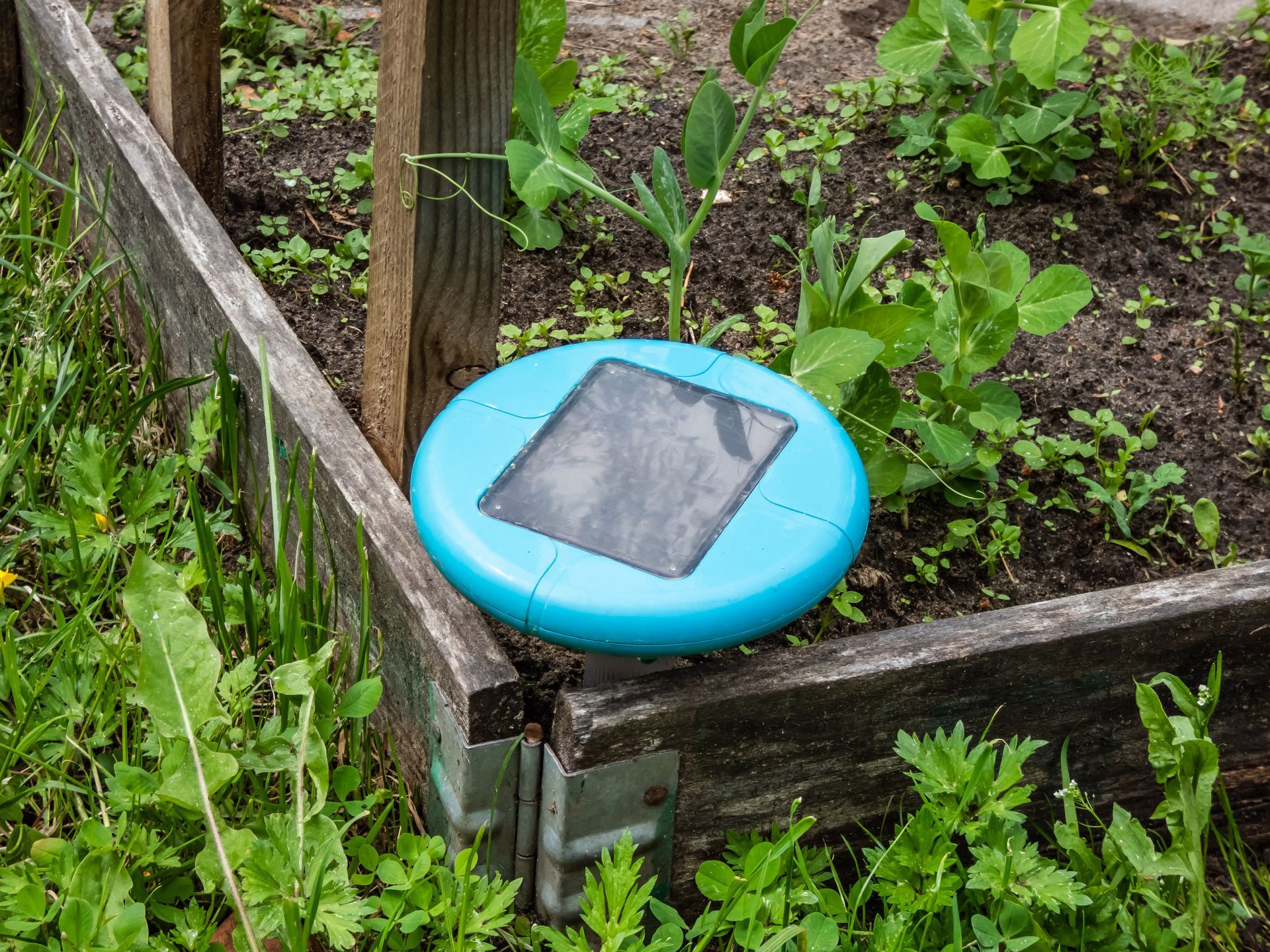
In the quest for effective and humane pest control solutions, ultrasonic pest repellents have emerged as a potential answer. These devices, which emit high frequency sound waves inaudible to humans and most pets, claim to deter pests without the use of chemicals or physical harm. The efficacy of ultrasonic pest deterrent devices has been a topic of ongoing scientific scrutiny and discussion. Despite their popularity and seeming convenience, scientific studies and expert opinions have cast doubt on their ability to consistently repel or control pests at all. The Federal Trade Commission (FTC) has even taken action against manufacturers for making unsubstantiated claims about their products' efficacy. As we dive deeper into the world of ultrasonic pest repellers, it's crucial to examine the evidence, understand their limitations, and consider whether they truly offer a viable solution for pest control needs.
What Are Ultrasonic Pest Repellents?
Ultrasonic pest repellers are electronic devices designed to combat pest infestations without the use of chemicals or physical traps. These compact units are typically plugged into standard electrical outlets and operate by emitting high frequency sound waves that are imperceptible to the human ear. The sounds produced by these devices generally range from 20,000 Hz to over 65,000 Hz, well above the auditory threshold of most people. Some newer models, known as subsonic pest repellers, work on the opposite end of the spectrum, generating frequencies below 20 Hz. Once activated, these repellers continuously broadcast their sonic deterrent, creating an environment that is theoretically inhospitable to pests. However, proper placement and configuration of these devices are crucial for their intended operation, as their effectiveness can be impacted by obstacles and the layout of the space. Additionally, users must consider the potential impact on pets and other non-target animals that may be sensitive to these frequencies.
How Do Ultrasonic Pest Repellers Claim to Work?
Ultrasonic pest repellers claim to function by creating an acoustically hostile environment for pests through the emission of high frequency sound waves. These devices are designed to produce sounds above the human auditory range, typically exceeding 20 kHz, which manufacturers assert are disruptive and uncomfortable for various pests, including rodents and insects. The underlying principle suggests that these sound waves cause physiological distress in pests, potentially triggering responses ranging from disorientation to more severe reactions like audiogenic seizures. Proponents of these devices argue that the constant sonic barrage makes it difficult for pests to communicate, locate food, or establish nests which ultimately compel them to abandon the affected area. Some manufacturers even claim that their devices can cause long term avoidance behavior in pests. However, it's important to note that the effectiveness of these claims is contested, and the actual impact on different pest species may vary significantly.
What Pests Do They Claim to Get Rid Of?
Ultrasonic pest repellers are marketed as a versatile solution for a wide array of common household pests. Manufacturers claim these devices can effectively deter or repel numerous unwanted creatures, including both insects and small mammals. The list of targeted pests typically includes:
- Rats and mice
- Cockroaches
- Mosquitoes
- Bed bugs
- Flies
- Fleas and ticks
- Silverfish
- Birds
- Termites
- Spiders
It's important to note that the efficacy of these repellers can vary significantly depending on the specific pest species, the environment, and other factors. Some manufacturers even produce specialized versions, such as pet collars with embedded ultrasonic devices, claiming to offer targeted protection against fleas and ticks. Despite these broad claims, the actual effectiveness of ultrasonic pest repellers across this wide spectrum of pests remains a subject of debate among pest control experts and researchers.
Do Ultrasonic Pest Repellers Really Work?
Despite the widespread marketing claims and consumer interest, the effectiveness of ultrasonic pest repellers remains highly questionable. Numerous scientific studies conducted over the past several decades have consistently failed to demonstrate significant or lasting pest control benefits from these devices. Research from various institutions including Kansas State University, the University of Arizona, and Northern Arizona University has shown limited to no impact on common household pests such as ants, cockroaches, mosquitoes, and bedbugs. While some studies have observed initial aversion in certain pests, this effect is typically short-lived as the creatures quickly adapt to the ultrasonic frequencies. The Federal Trade Commission (FTC) has taken action against manufacturers for making unsubstantiated claims, issuing warnings and even lawsuits in some cases. Notably, a 2010 study from Brazil found that some mosquito repellent devices actually increased bite rates, contradicting their intended purpose. Despite these findings, many ultrasonic repellers continue to receive positive customer reviews which creates a disconnect between scientific evidence and consumer perception. This discrepancy suggests that factors such as placebo effect, coincidental pest reduction, pre-existing effective pest control measures, and even fraudulent reviews may contribute to the perceived success of these devices in some households.
Are Ultrasonic Pest Repellers Safe for Humans?
Ultrasonic pest repellers are generally considered safe for human use due to their non-toxic, non-chemical approach to pest control. These devices emit high frequency sound waves that are typically beyond the range of human hearing, which means they don't cause auditory discomfort or disturbance to people in the vicinity. However, it's worth noting that while these devices are marketed as harmless to humans, long term exposure to subtle soundwaves haven't been thoroughly studied.
Are Ultrasonic Pest Repellers Safe for Pets?
The safety of ultrasonic pest repellers for pets is a topic of ongoing debate among pet owners and experts. While these devices are generally marketed as safe for household animals, the potential impact on pets with more sensitive hearing ranges such as cats, dogs, and small rodents should be considered. Cats can detect frequencies up to 60 kHz, dogs up to 40 kHz, and some small pets like hamsters and guinea pigs can hear even higher frequencies. Although many pets may not show obvious signs of distress from these devices, it's important for pet owners to monitor their animals for any changes in behavior or signs of discomfort when using ultrasonic repellers. As research on the long term effects of these devices on pets is limited, consulting with a veterinarian before using them in a home with animals is advisable, especially for households with small rodent pets that may be more susceptible to the high frequency sounds.
Are Ultrasonic Pest Repellers Worth It?
The value proposition of ultrasonic pest repellers is questionable given the lack of consistent scientific evidence supporting their effectiveness. While these devices are often marketed as a cost effective and non-toxic alternative to traditional pest control methods, their prices can range from as little as $10 to nearly $100, depending on factors such as coverage area, target pests, and additional features. Considering the mixed results from scientific studies and the potential need for multiple units to cover an entire home, investing in ultrasonic pest repellers may not provide the reliable pest control solution that many consumers hope for.
Better Pest Control Options
When considering pest control options, it's important to explore alternatives that have proven more effective than ultrasonic repellers. While these devices may seem appealing due to their non-toxic nature, their efficacy is questionable at best. Instead, a multi-faceted approach to pest management often yields better results. The Environmental Protection Agency (EPA) recommends starting with baits as a first line of defense, followed by chemical pesticides if necessary. For severe infestations, consulting a professional pest control service is often the most efficient solution. Other effective pest control methods include:
- Chemical pesticides: Fast-acting and potent but may pose risks to children and pets.
- Exclusion devices: Preventative measures such as screens and chimney caps to keep pests out.
- Natural predators: Introducing beneficial insects or animals to control specific pests.
- Property maintenance: Regular cleaning and decluttering to prevent infestations.
- Traps and baits: Effective for reducing pest populations but require regular monitoring.
Ultimately, the best pest control method depends on the specific pest problem, infestation level, and individual preferences regarding safety and environmental impact. A combination of these methods that are tailored to your situation is often the most effective approach to long term pest management.
The Advantages of Professional Pest Control
Professional pest control offers numerous advantages over DIY methods, especially when dealing with persistent or severe infestations. Professional pest management experts possess extensive expertise and utilize cutting-edge equipment to tackle pest issues comprehensively. Unlike ultrasonic repellers or other unproven methods, professional pest control services provide targeted, science based solutions tailored to specific pest issues. Consider these advantages when choosing professional pest control services:
- Targeted Treatments: Exterminators can accurately identify pest species and develop customized treatment plans using proven methods and professional grade products.
- Comprehensive Elimination: Professional treatments address all stages of the pest life cycle including eggs, larvae, and nests which ensures the complete eradication of infestations.
- Prevention and Exclusion: Experts can identify and seal entry points to prevent future infestations through methods such as caulking cracks and installing door sweeps.
- Safety and Compliance: Professional exterminators are trained in the safe handling and application of pesticides, which ensures treatments are applied correctly and in compliance with regulations.
- Long Term Cost Effectiveness: While initially more expensive than DIY solutions, professional pest control often provides more lasting results which ultimately saves money in the long run.
- Time Saving: Hiring professionals allows homeowners to save time and effort that would otherwise be spent on researching, purchasing, and applying various pest control methods.
By leveraging their expertise and access to professional grade products, pest control technicians can provide more efficient and effective solutions than most DIY approaches, including ultrasonic repellers.
How to Prevent Pests
Preventing pests from entering your home is a proactive approach that can save you time, money, and stress in the long run. Instead of relying on unproven methods like ultrasonic repellers, implementing a comprehensive pest prevention strategy can significantly reduce the likelihood of infestations. This approach focuses on making your home and its surroundings less attractive and accessible to pests. Here are some effective prevention strategies:
- Minimize Food Availability: Maintain a spotless home environment, use sealed containers for food storage, and immediately address any food debris or liquid spills. This includes pet food and dirty dishes which can attract various pests.
- Seal Entry Points: Weatherize your home by caulking cracks, sealing gaps around pipes and wires, and ensuring doors and windows fit tightly. Fit all ventilation outlets and potential entry points with protective screening to block pest access.
- Remove Safe Harbors: Maintain your yard by moving rock or stick piles away from the house, trimming bushes to prevent ground contact, and thinning dense vegetation. This reduces hiding spots for pests near your home.
- Proper Waste Management: Use sealed trash cans and dispose of garbage regularly to avoid attracting pests.
- Control Moisture: Fix leaks, improve drainage, and reduce humidity in damp areas like basements and crawl spaces, as many pests are attracted to moisture.
- Natural Pest Control: Encourage natural predators in your yard by limiting broad spectrum pesticide use, which can help maintain a balanced ecosystem that naturally controls pest populations.
By implementing these preventive measures, you create an environment that is less hospitable to pests which should reduce the likelihood of infestations and the need for more aggressive pest control methods in the future.
Contact EcoGuard Pest Management if You Are Dealing with Pests
If you're dealing with persistent pest problems or seeking professional advice on effective pest control strategies, don't hesitate to reach out to EcoGuard Pest Management. Our team of experienced technicians is equipped with the latest industry knowledge and eco-friendly solutions to address your specific pest concerns. We understand that every infestation is unique, and we're committed to providing tailored, long-lasting solutions that protect your home and family. Whether you're battling an active infestation or looking to implement preventive measures, EcoGuard Pest Management is here to help. Contact us today for a comprehensive pest assessment and discover how we can create a pest-free environment in your home or business using safe, effective, and environmentally responsible methods.
Ultrasonic Pest Repellent FAQs
Do ultrasonic pest repellers actually work?
Despite widespread marketing claims, scientific evidence does not support the effectiveness of ultrasonic pest repellers. Numerous studies conducted by reputable institutions have consistently shown that these devices have little to no significant impact on pest behavior or infestations in real world settings. While some users report initial success, this is often short lived as pests quickly adapt to the ultrasonic frequencies which renders the devices useless.
Do ultrasonic devices really get rid of mice?
Ultrasonic devices have not been proven to effectively get rid of mice in scientific studies. While mice can hear the high frequency sounds emitted by these devices, research indicates that they quickly become accustomed to the noise and continue their activities undeterred. For reliable mouse control, traditional methods such as traps, sealing entry points, and professional pest control services are generally more effective.
How to tell if an ultrasonic pest repeller is working?
Determining if an ultrasonic pest repeller is working can be challenging due to the lack of clear, observable effects. The most reliable indicator would be a noticeable decrease in pest activity or sightings in the area where the device is installed. However, given the scientific evidence questioning their effectiveness, any perceived reduction in pests may be coincidental or due to other factors which makes it difficult to attribute results directly to the ultrasonic device.
Do ultrasonic really repel roaches?
Scientific studies have not provided consistent evidence that ultrasonic devices effectively repel cockroaches. While some manufacturers claim their products deter roaches, research has shown that these insects quickly habituate to the high frequency sounds, making the devices ineffective over time. For reliable cockroach control, experts recommend a combination of sanitation measures, sealing entry points, and targeted pest control methods rather than relying on ultrasonic repellers.
Request A Free Estimate
Immediate Service Available
Services
Customer Care
Legal
Working hours
- Mon - Sun
- -
All Rights Reserved | EcoGuard Pest Management | All Phone Calls Recorded | By Using Website You Agree To Terms Of Use



